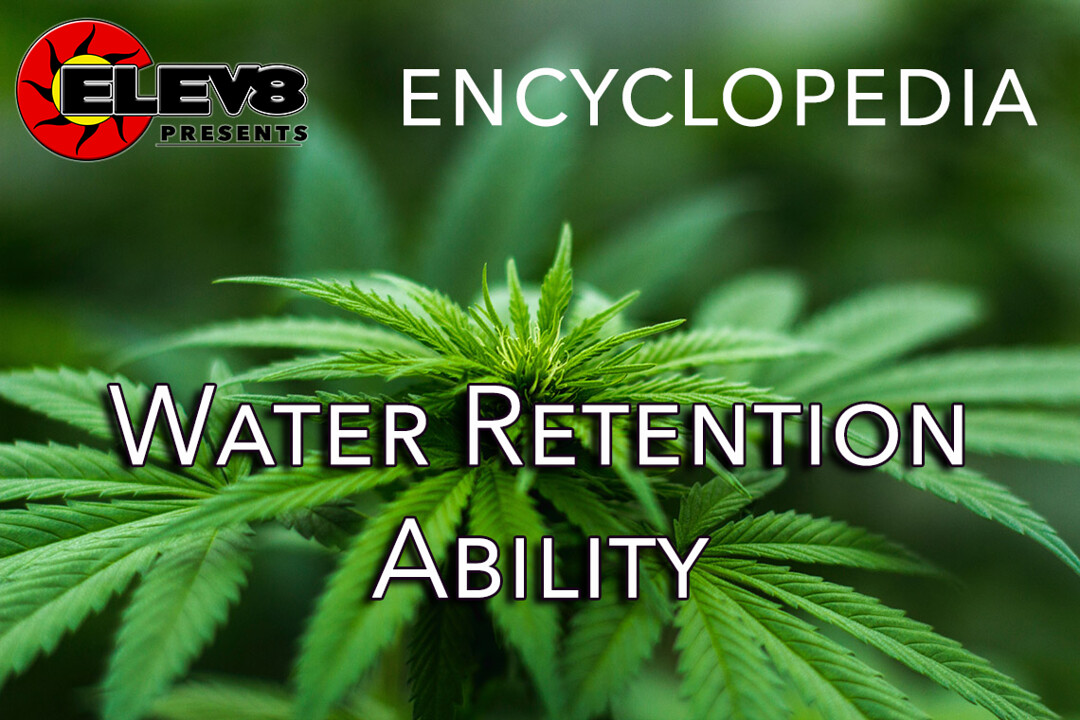What does Water Retention Ability mean?
Water retention ability, also called soil water retention rate, is a measure of how much water a particular type of soil or grow medium can retain.
Your soil’s water retention ability will depend on the type of soil in question, as well as the nature of any amendments you might have added to the soil. For instance, sandy soil has a very low water retention ability, while silty soils have very high retention capabilities. For a healthy, thriving garden, you want something in between these two.
Water retention ability can also apply to soilless grow media. Comparing water retention abilities of different mediums is a key factor in ending up with the best product for your garden.
More Info On Water Retention Ability
Plants require light, nutrients, and water in order to thrive. Of those, water is often the most difficult to get just right. Too little water and plants will begin to shrivel and die. Too much water, and they will drown.
Achieving the right balance requires the right watering regimen, but also an understanding of your soil’s water retention ability, also known as soil water retention rate. Ideally, garden soil will have a moderate water retention ability.
Your soil should be able to drain relatively quickly, but still retain moisture around soil particles (without creating standing water). This will supply your plants with moisture for longer periods, supporting stronger growth.
You can improve your soil’s water retention ability with amendments. Organic matter, including compost and hay, will help soil hold water better. According to research, every one per cent of organic matter in the soil equates to the ability to hold 1.5 quarts of water per cubic foot of soil.
Of course, not all composts are created equal and you’ll need to ensure you’re using the right type for your specific area, soil type, and garden. Mulching around your plants will also help soil hold onto moisture, particularly in arid conditions, or if your area is experiencing a drought.







